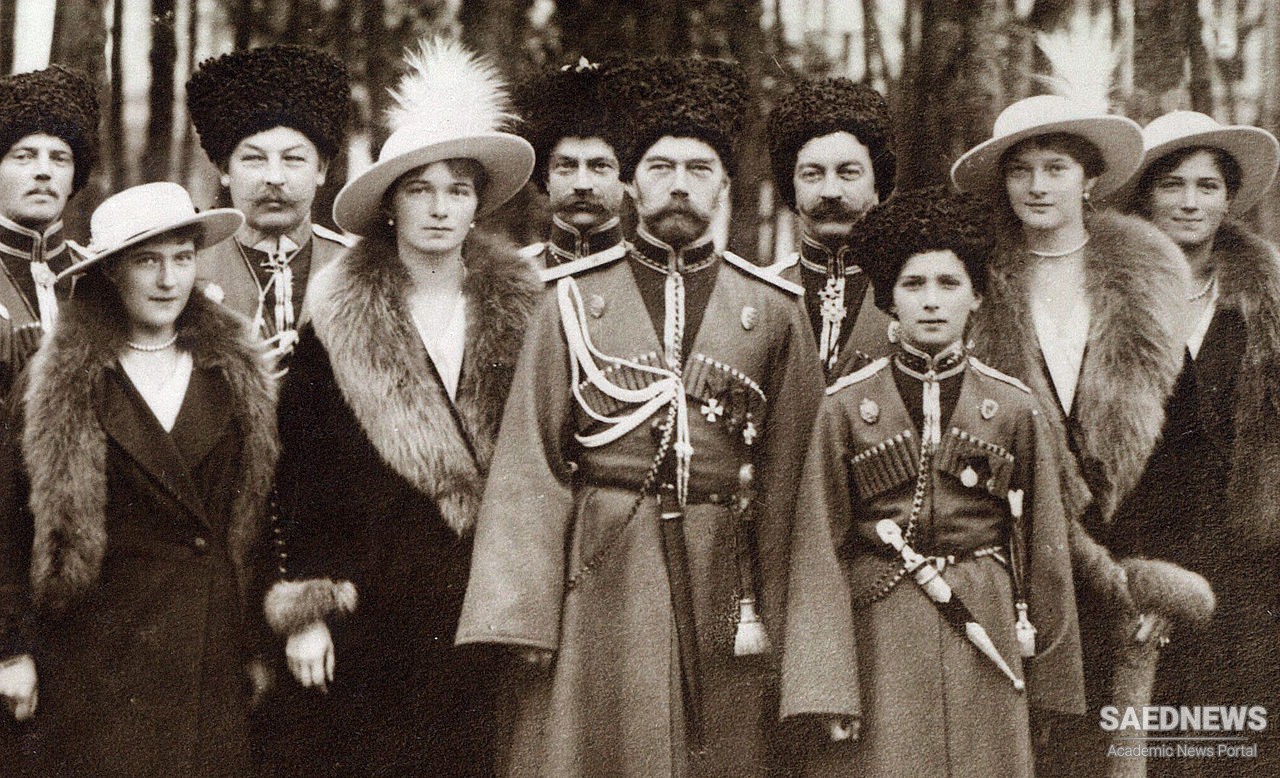All these areas of Russian activity are interlocked and inevitably connected with her rivalry with Britain in the context of the “Great Game.” The Great Game has been so far mainly examined from the British perspective; therefore, the travelogues provide a unique opportunity to study the Russian perspective on it and to learn about Russia’s activities in its framework. The first-hand information is displayed by the participants in the Game who were implementing the imperial policy in the military, diplomatic and economic areas.
Most of Russia’s interests in Iran were concentrated in northern and northeastern Iran, particularly in the Caspian provinces and Khorasan, and these areas were made a Russian sphere of influence according to the Anglo-Russian Convention of 1907. Those were the territories where the Russians exercised most of their influence; they were also drawing up their further expansionist designs on them. In a few cases, however, military and commercial projects also included other parts of Iran such as the area around the Karun River, the coast of the Persian Gulf, and eastern Iran.
Russian travelers to Iran concentrate on three main topics related to military activities: (1) Russian army deserters in Iran and their return to Russia; (2) the Persian Cossack Brigade; and (3) ground reconnaissance. The last subject is among the most popular among the authors: many accounts were simply based on a detailed reconnaissance of a specific area, but almost each one includes a precise description of some route. The issue of Russian deserters and the Russian Battalion created a lot of stir in the diplomatic and military circles involving the emperor and high-ranking diplomats. Russians started to escape to Iran through the Caucasus at the very beginning of the nineteenth century, when Russia established its military presence there.
Two Russo-Iranian wars further increased the numbers of deserters. The story of the creation of the Russian Battalion under the patronage of ‘Abbas Mirza, and that of Samson Makintsev, or “Samson-khan,” its commander and founder, are told by Adol’f Berzhe and by Captain Al’brant in his travelogue.1 The Russian Battalion was formed of Russian deserters as well as local Armenian and Nestorian Christians. The soldiers were encouraged by their commander to marry local Christian women. The Battalion had a great reputation in Iran. When the second war between Iran and Russia started, however, Samson Khan refused to fight against the Russians.
Already General Ermolov, who was in Iran in 1817, mentions that Qa’im Maqam, Nasir al-Din Shah’s prime minister, “resorted to various roguish tricks” when the Russian representative touched upon the repa�triation of the Russian prisoners of war and of those deserters who were willing to go back. Asked why the Iranian rulers were so reluctant to return those Russian soldiers, Qa’im Maqam explained, “’Abbas Mirza [the Crown Prince] really relies on them: he has formed them into his personal guard and entrusted himself to them.”3 Adol’f Berzhe, points out that General Ermolov did his best to get the Russian prisoners and deserters back: His efforts, however, had no consequences other than unpleasant conversations with the Persian rulers. The attempts made by Ermolov’s successors as Commanders of the Caucasian Corps, Count Paskevich and Baron Rozen, were also futile. And it was really hopeless to count on a successful outcome of this matter, since the Persians tried to keep both our deserters and our prisoners of war under various pretexts, and in case of their attempts to return, no matter how weak, inflicted the harshest humiliations on them.


 Parviz Kordavani, Father of Desert Studies in Iran Dies at 90
Parviz Kordavani, Father of Desert Studies in Iran Dies at 90














































